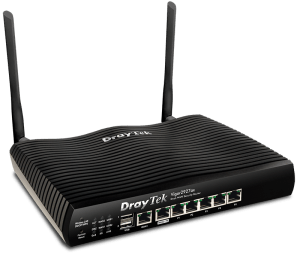Confused by sluggish video calls and lagging web pages? QoS routers can prioritize critical traffic, ensuring smooth data flow for your most important applications. Dive in to learn how these routers bring order to your network chaos.
Key Takeaways:
- QoS routers: Prioritize network traffic for optimal performance of critical applications like VoIP, video streaming, and web browsing.
- Congestion control: QoS settings prevent mission-critical services from being disrupted by less important traffic.
- Improved user experience: Smoother data flow translates to better video calls, faster web browsing, and happier users.
Q: What is Quality of Service (QoS) in networking?
A: QoS is a set of technologies used in network devices like routers to prioritize traffic for critical applications like VoIP, video, and web browsing. It manages congestion, reduces lag, and ensures smooth performance for your most important network activities.
Quality of Service Networking
Quality of Service networking capabilities on routers and switches enable administrators to set data traffic priorities. When optimal performance is required, such as in a telephony or data communications network, QoS choices are useful. During times of congestion, QoS network settings will prioritise mission-critical services. The quality of service of a managed switch network is determined by a number of elements, including throughput, delays, jitters, and user experience. Setting QoS router or switch variables ensures more consistent performance during specialised tasks, such as real-time voice packet delivery. Setting up QoS settings ensures that certain devices and services may take benefit of the network’s full throughput and speed.
QoS Switches for Traffic Prioritizing
Traffic with unique requirements will be transmitted first when QoS switches are configured. The capability to set Quality of Service (QoS) parameters is a key feature of routers and managed switches. QoS can be programmed so that top-priority traffic receives preferential treatment if a bottleneck occurs. Switches with QoS options are utilised in VoIP telephone networks since this service must avoid delays or disconnects. Devices with the quality of service feature are also beneficial in high-volume LANs.
QoS Routers Deliver High Traffic Solutions
Administrators can prioritise applications that demand reliable service by using QoS routers. Quality of service capabilities let network administrators set video streaming and Web browsing controls, so that a quality flow of Internet data is achieved. A router’s QoS functions can be configured based on application, port, MAC address, or wireless quality of service settings. Routers with quality of service functionality support the customisation of multimedia traffic transmission.
Got questions? Contact Comms Express today!

